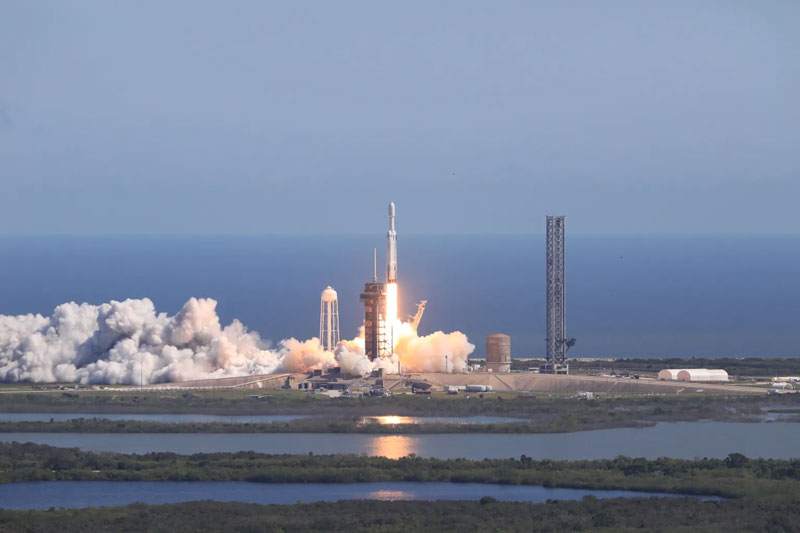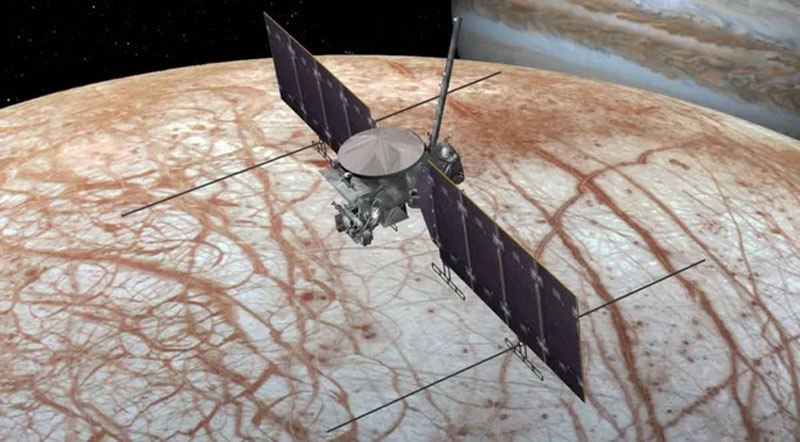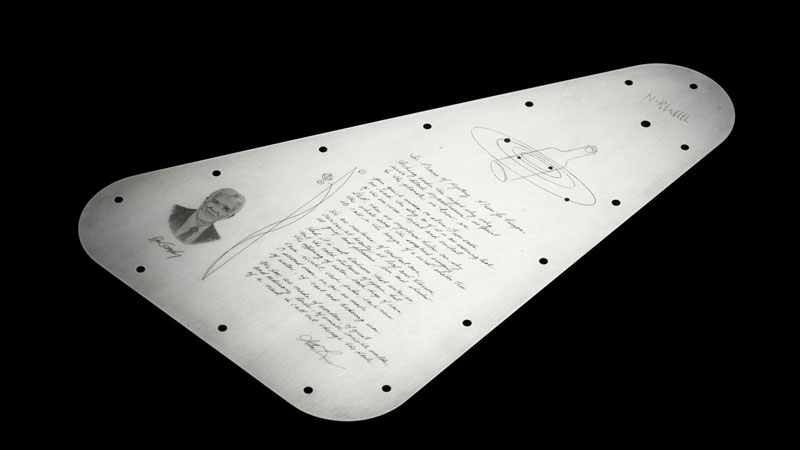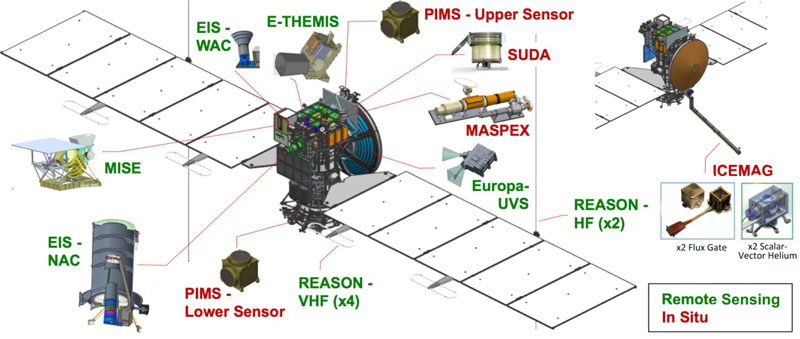October 14, 2024 at 12:06 local time (19:06 Moscow time) from pad 39A at the NASA Space Center. Kennedy in Florida, a SpaceX Falcon Heavy rocket carried NASA’s Europa Clipper interplanetary station into space. The launch and separation of the station from the upper stage went according to plan, and an hour later Europa Clipper contacted Earth and reported that the bot systems were fully operational. A six-year space journey to the Jupiter system began.

Image source: SpaceX
The Europa Clipper station became the largest interplanetary probe in NASA history. Its weight when fueled is close to 6 tons (5900 kg). Almost half of the station’s mass is fuel. But even armed with 24 engines, the station will perform two gravity maneuvers to arrive at its destination: one in four months will be performed near Mars, and in 2026 the station will perform a maneuver near Earth. Europa Clipper will reach Jupiter in April 2030, and will begin scientific work about a year later, when its orbit will be established for close flybys with its satellite, Europa.

Artistic representation of the mission in Europe. Image source: NASA
Europa is one of the four largest moons of Jupiter. But this celestial body the size of our Moon is special. According to a number of signs, under the ice armor on its surface there may be a warm and salty global ocean with a volume of water greater than in all the earth’s oceans combined. This combination makes Europe potentially suitable for the emergence of the biological life that we know from our home planet. Searching for signs of such life will be the main goal of the mission. A NASA commemorative plate, which went to the Jupiter system at the station, is actually dedicated to this. This is a kind of “message in a bottle” to alien civilizations, in which representatives of the Earth sing an ode to water as the source of life.

In the dim light of the Sun in Jupiter’s orbit, the light to power the station’s onboard instruments will be collected by two huge five-segment solar panels: their span reaches 30 meters. The scientific equipment consists of nine instruments: optical and infrared cameras, an infrared spectrometer, an ultraviolet spectrograph, a magnetometer, a subsurface radar, an instrument for studying the ionosphere (plasma), a mass spectrometer, a dust sensor and a separate instrument for studying the gravitational field of Europa.

The scientific mission to study Europe is designed for a little more than one hundred days with the possibility of extension. The station will make 49 close flybys of the satellite, collecting information about nearby faults, ejections of material from geysers and studying its ice sheet, which is 20 to 50 km thick. The maximum approach to Europa will be 25 km, which will allow collecting the most complete data not only on the outer shells of the satellite, but also on its internal structure. This will be literally mind-blowing data, scientists are sure.
The only thing that worries us about the upcoming mission is the use of transistors in the station’s electronics that are not radiation-resistant enough. There seems to be no final clarification from NASA on this matter yet.